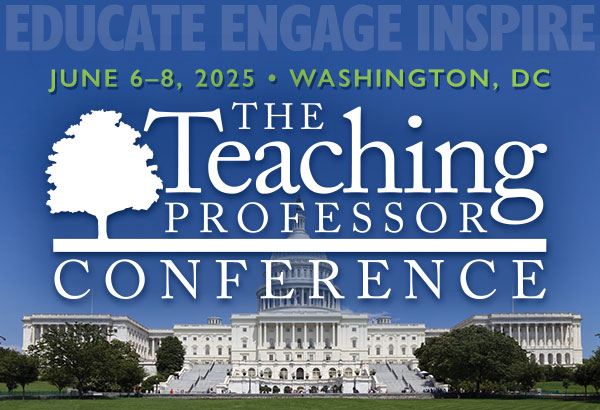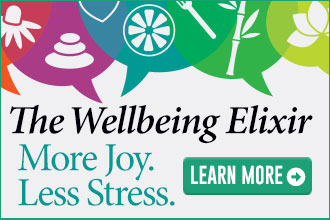
Using SMART Goal Setting to Advance Student Achievement and Confidence
Students often struggle academically due to an inability to organize their lives around achievable goals. Students beyond early adulthood may have already reached certain personal goals but now must balance their priorities, time, and resources in striving for academic goals while still maintaining structure and









